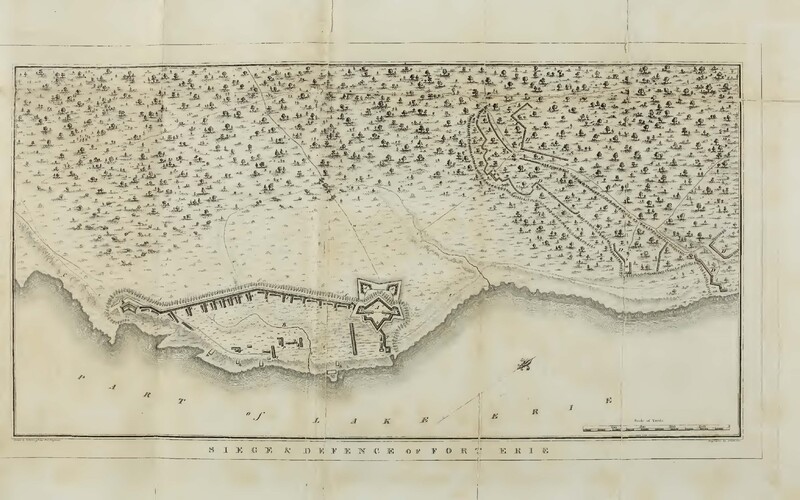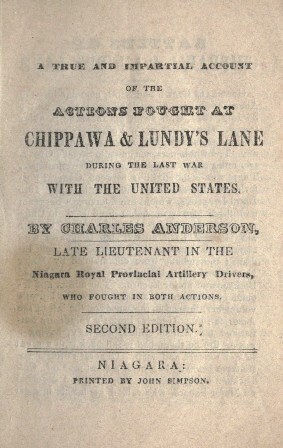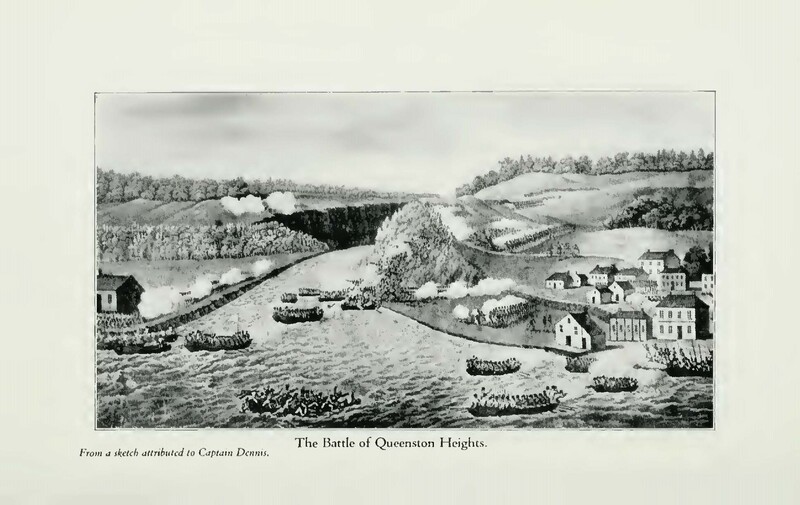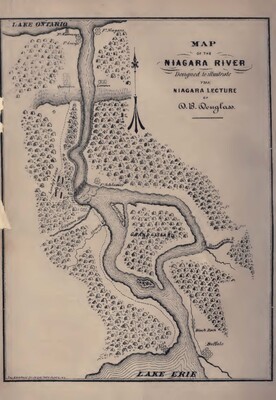Military Engagements
Siege of Fort Erie
The siege of Fort Erie was a prolonged military engagement that occurred from early August to late September of 1814. After the battle of Lundy's Lane, the Americans retreated to Fort Erie which they had captured in July. British commander Lieutenant-General Gordon Drummond pursued the Americans. The fort was strong and well-defended, and the Americans were able to hold their ground and retain possession of the fort. Eventually, Drummond was forced to give up on the siege after losing weapons and suffering heavy casualties.
The siege prevented the Americans from reaching Burlington Heights and York, where they planned to meet with their Lake Ontario squadron and make further attacks. In early November of 1814, the Americans abandoned Fort Erie and retreated to Buffalo. The following books provide accounts of the action at Fort Erie.
Naval and Military Chronicle of the United States: attack on Fort Erie. FC 446 E7 N39 1816
The Siege of Fort Erie, August 1-September 23, 1814. FC 446 E7 C78
Battle of Chippawa and Lundy's Lane
The battles at Chippawa (July 5, 1814) and Lundy's Lane (July 25, 1814) were an attempt by the Americans to gain ground in Upper Canada by invading at Niagara and then proceeding to Burlington Bay and York, where they planned to meet up with their Lake Ontario squadron. The British were defeated by the Americans at Chippawa. The Battle of Lundy's Lane did not have a clear result in favour of either the British or Americans. However, the Americans did eventually retreat to Fort Erie, preventing them from proceeding to Burlington Bay and York as planned.
An account of these events can be found in the following book.
A true and impartial account of the actions fought at Chippawa and Lundy's Lane during the last war with the United States. FC 446 C5 A587 1840
Battle of Queenston Heights
The Battle of Queenston Heights was the first major battle of the War of 1812. The Americans, led by General Stephen Van Rensselaer, crossed the Niagara River into Queenston on October 13, 1812. The Americans were able to capture Queenston Heights. Major-General Isaac Brock was stationed at Fort George and quickly prepared his forces to engage with the Americans. Brock led a charge up the heights, but was shot and killed. Mohawk chief John Norton, an ally of the British, was able to hold off the American advance until Major-General Roger Hale Sheaffe arrived from Fort George with reinforcements. He was able to capture what the Americans had taken, along with about 1000 prisoners. More information on these events and Isaac Brock can be found in the following books.
Queenston Heights FC 446 Q4 Q44
The Battle of Queenston Heights FC 446 Q4 C66 1902
Budding sprays and sketch of the life of Sir General Isaac Brock. FC 443 B8 B847 1912
Short summary of the life of Major-General Sir Isaac Brock. FC 443 B8 S497
Brock, the hero of Upper Canada. FC 443 B8 M3
Battle of Beaver Dams
The battle of Beaver Dams occurred on June 24, 1813. A month earlier, the Americans had captured Fort George and were looking to continue their advancement into Canada. American troops under Lieutenant-Colonel Boerstler left Fort George with the intention of harassing Brigadier General Vincent's post near Beaver Dams. At the time, Lieutenant FitzGibbon's company of the 49th foot were stationed there. FitzGibbon had been warned of an impending attack by Laura Secord, who had overheard talk of the attack and travelled to FitzGibbon's post to inform the British of the American plan.
Aboriginal scouts spotted the American troops moving towards Beaver Dams and FitzGibbon was warned. A party of 300 aboriginals attacked the Americans along a wooded part of the trail, and were later joined by another 100. They harassed the Americans for several hours before FitzGibbon arrived with reinforcements. He was able to negotiate a surrender with Major De Haren, who had arrived to reinforce the American troops. More information on these events and Laura Secord are available in the following books.
Beaver Dams, 1812-1814, 1912-1914
A national monument to Laura Secord, why it should be erected, an appeal to the people of Canada. FC 443 S4 L38
Laura Secord, a study in Canadian patriotism, an address delivered before the Canadian Club, of Winnipeg, May 1, 1907. FC 443 S4 B795 1907
Niagara Frontier
More information on military engagements in Niagara during the War of 1812 can be found in the following books.
Reminiscences of the campaign of 1814, on the Niagara Frontier. E 355.1 N5 D68 1873
Facts relative to the campaign on the Niagara in 1814. FC 446 L8 R56
Documents and facts relative to military events during the late war. FC 443 B69 A3 1816
Battle of Plattsburgh
The Battle of Plattsburgh in September 1814, also known as the battle of Lake Champlain, was a British campaign to invade upper New York State by land and water. It was largely unsuccessful. The campaign was planned and overseen by Sir George Prevost, the Governor-in-Chief of Canada. Prevost hoped that by occupying Plattsburgh, Lower Canada would have greater security. He planned to have the British lake fleet under the command of George Downie attack the U.S. naval fleet under Thomas Macdonough at Sacket's Harbour. From there, they would attack Plattsburgh's men.
After an aggressive advance by the British troops, Prevost lacked information that would allow the attack to proceed and halted the land invasion. Once he had the necessary intelligence, he once again delayed the attack by waiting for the naval force to join them. He pressed British naval commander Downie to prematurely attack the American naval force. In the resulting attack, Downie was killed and his squadron was lost. Prevost called off the attack and retreated to Lower Canada.
More information on these events can be found in the following book.
The Battle of Plattsburgh: what historians say about it. E 356 P7 N56 1914
Other Military Engagements
More information on other battles and naval campaigns during the War of 1812 can be found in the following books.
Naval Occurrences of the Late War between Great Britian and the United States of America, 1817. E 360 J28 1817





